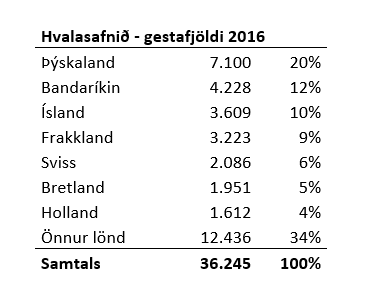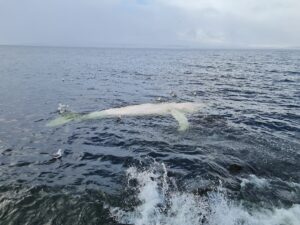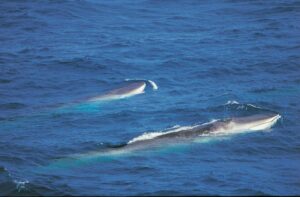The year 2016 has been eventful at the Whale Museum. The museum was closed in January and February due to the installation of the Steypireyðar exhibition, but reopened in mid-March. This new Steypireyðar exhibition is the largest single project that has been carried out at the museum in recent years. The moving of the bones, installation, design and associated work on the exhibition proved to be costly, but despite that, the experience since the exhibition opening shows that this project will prove to be a good thing for the museum in the future. The Whale Museum entered into a long-term preservation agreement with the Natural History Institute of Iceland for the whale shark. Such an agreement is significant for the museum.
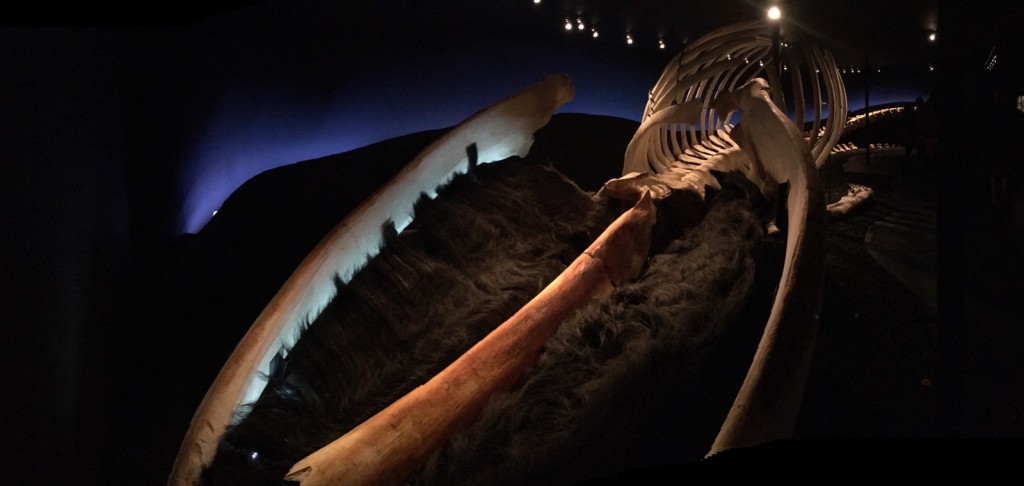
Educational work in bloom
At the end of 2015, the so-called New Bedford Project began, where the Whale Museum and the Whaling Museum in New Bedford, Massachusetts, USA worked together through museum cooperation and youth exchange. Ten students from the High School in Húsavík participated in the project and 18 students from New Bedford, but the project received funding from the American Association of Museums (AAM) and in addition the US Department of State supported the project through the US Embassy in Iceland. This is the largest single educational project that the museum has undertaken since its inception. The project aimed to introduce the students to Húsavík and Skjálfand on the one hand and the New Bedford area on the other, as well as general education about whales, marine life and the threats to the ocean. The students communicated at least once a week via Skype, but also hosted various events. In April, the American student group visited Húsavík, and at the end of May, the Húsvíski group went outside. It can be said that the project has exceeded expectations and the two museums will continue to strengthen the relationship between them. Then numerous school groups at all school levels made their way to the museum, and Hvaláskólinn was in place with its annual education and exhibition of students' works in the spring months.
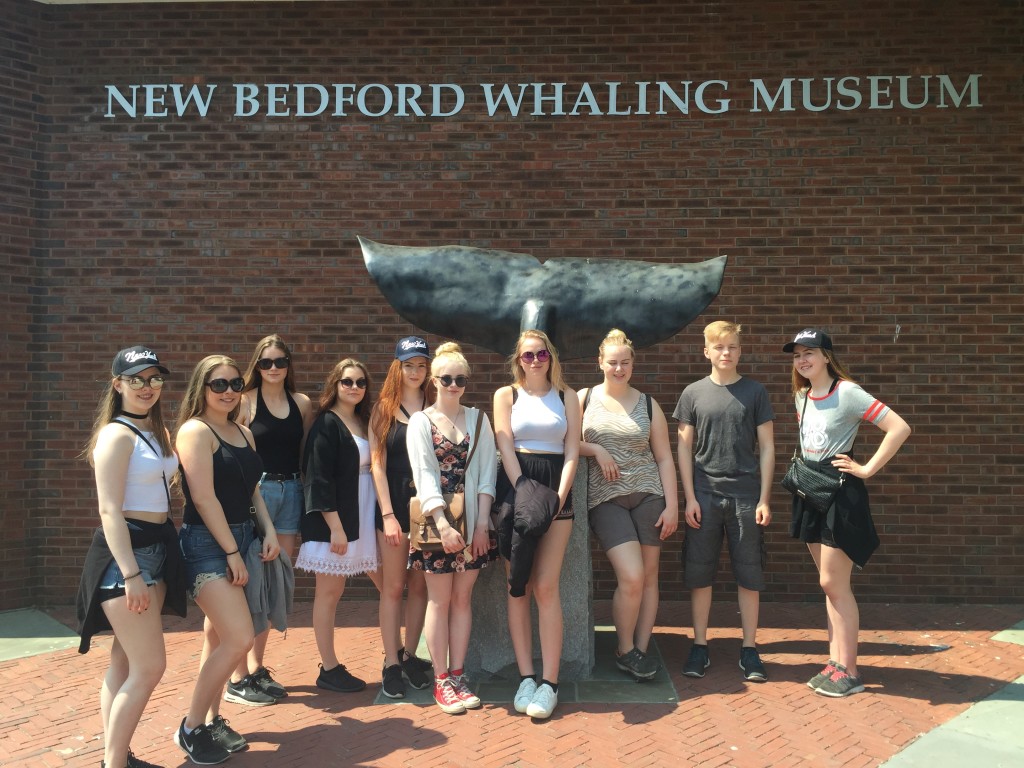
Guests fjalderoh mantt
The total number of visitors in 2016 is more than 36 thousand. For comparison, the number of visitors was around 26 thousand in 2015. This large increase is explained by several factors. First of all, the new Steypireyðar exhibition has been a success and has contributed to the increase. Secondly, the number of tourists visiting Húsavík has increased greatly in 2016. Thirdly, the Whale Museum's marketing work and cooperation with, for example, travel agencies have yielded good results - not least last autumn.
Germans are the most numerous
Upon arrival at the museum, visitors are asked about their nationality. The information you get there is very useful, for example for marketing work and the museum's priorities. In 2016, foreign visitors accounted for about 90% of the total number of visitors and Icelandic visitors for about 10%. This percentage of Icelandic visitors is high in a historical context and is partly explained by the opening of the foundry exhibition in March, where, for example, local people were invited to view the exhibition.
Of individual nations, the largest number of visitors came from Germany – that's nothing new compared to previous years. During the year, 7.100 visitors came from Germany, or about 20% of the total number. Next come the Americans, the number of visitors from there is 12% of the total. More than 3.600 Icelandic visitors have come this year. After that come the French, the Swiss, the British and the Dutch. The number of visitors from the various countries of Asia has increased, but they are still only almost 4% of the total number of visitors.
